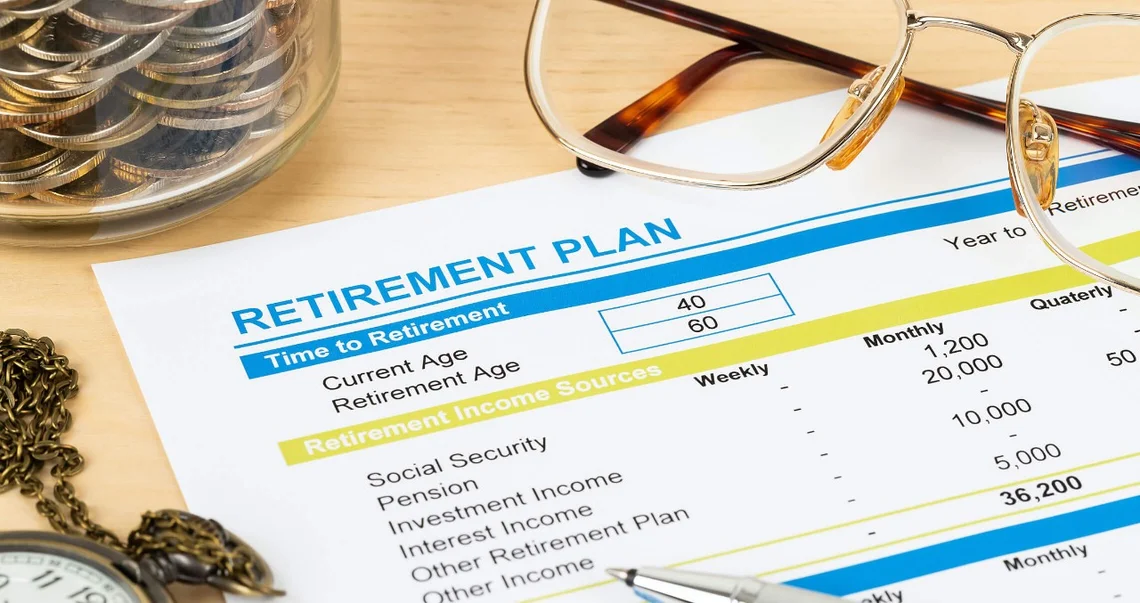Digital banking for business
Seamlessly access all of your accounts from one place with First Citizens Digital Banking for business.
One of the most popular ways to save for retirement is a 401(k), an employer-provided account that you can contribute to using pretax dollars from your salary. But not everyone has access to this type of plan. You might be self-employed, for example, or maybe your company doesn't offer this program.

If you're grappling with how to save for retirement without a 401(k), there's no need to skip saving for your future just because you don't have an employer-sponsored plan. You still have plenty of options when it comes to preparing for life after you've finished working.
If you earn taxable income and are under age 70 1/2, you may be eligible to open your own traditional individual retirement account, or IRA. Your adjusted gross income, or AGI, will determine whether any or all of your annual contributions to the account are tax deductible.
The IRS sets annual IRA contribution limits for each tax year, and they'll likely increase over the life of your account, usually by $500 increments every few years. If you set up an IRA, the IRS requires that you start using a required minimum amount of funds from the account by the time you turn 70 1/2 years old.
Based on your AGI, you may also be eligible to save for retirement by contributing to a Roth IRA. The contributions you make to a Roth IRA are with after-tax funds, but you won't have to pay additional taxes on them when you withdraw the money in retirement.
Unlike a traditional IRA, you don't need to take required minimum distributions from a Roth after you turn 70 1/2. While the annual contribution limits for each tax year are usually the same as a traditional IRA, the actual amount you may be eligible to contribute to a Roth depends on your income.
If you own a small business or are otherwise self-employed as a freelancer, consultant or independent contractor, you may be eligible to establish a Simplified Employee Pension IRA, or SEP. Account holders can contribute up to 25% of their annual income, up to a set amount determined each year by the IRA.
Contributions you make to a SEP IRA may be tax deductible, which could lower how much tax you ultimately pay on your income. They require very little paperwork and tend to be the best fit for a self-employed person with no or very few employees. Employers must contribute the same percentage they put toward their own SEP IRA toward their employees' accounts.
If you have a Roth or traditional IRA, you may be eligible to contribute up to the annual IRS limits in addition to your SEP IRA contributions. You're not required to contribute to your SEP IRA each year.
The amount of money you set aside for retirement each paycheck may be less important than making those contributions consistently and as early in your working life as possible.
Establish automatic retirement contributions if your plan allows or divert a specific amount from your income each month to a savings account. Use it as a holding area where you can save your contributions and eventually put them into your retirement account, whether that's monthly or quarterly.
Increase your retirement contribution each year, much like you would a pay raise. If you contribute 2% or your monthly income to retirement this year, increase it to 3% next year and 4% the next. Over time, try to save at least 10% to 15% of your income for retirement each month.
If you struggle to save cash for retirement, look at where you may be spending thoughtlessly. If you carry a balance on an interest-bearing credit card, you may want to focus on paying the balance down so you're spending less money on interest payments. You should calculate your spending and find ways to reduce expenses, so you can begin to put money toward your retirement instead.
Saving for retirement requires consistency and a little discipline. Not having a 401(k) shouldn't prevent you from retiring when and how you want. Use these simple tips to get started today on the path toward building financial security and the future you want.
Email Us
Please select the option that best matches your needs.
Customers with account-related questions who aren't enrolled in Digital Banking or who would prefer to talk with someone can call us directly.